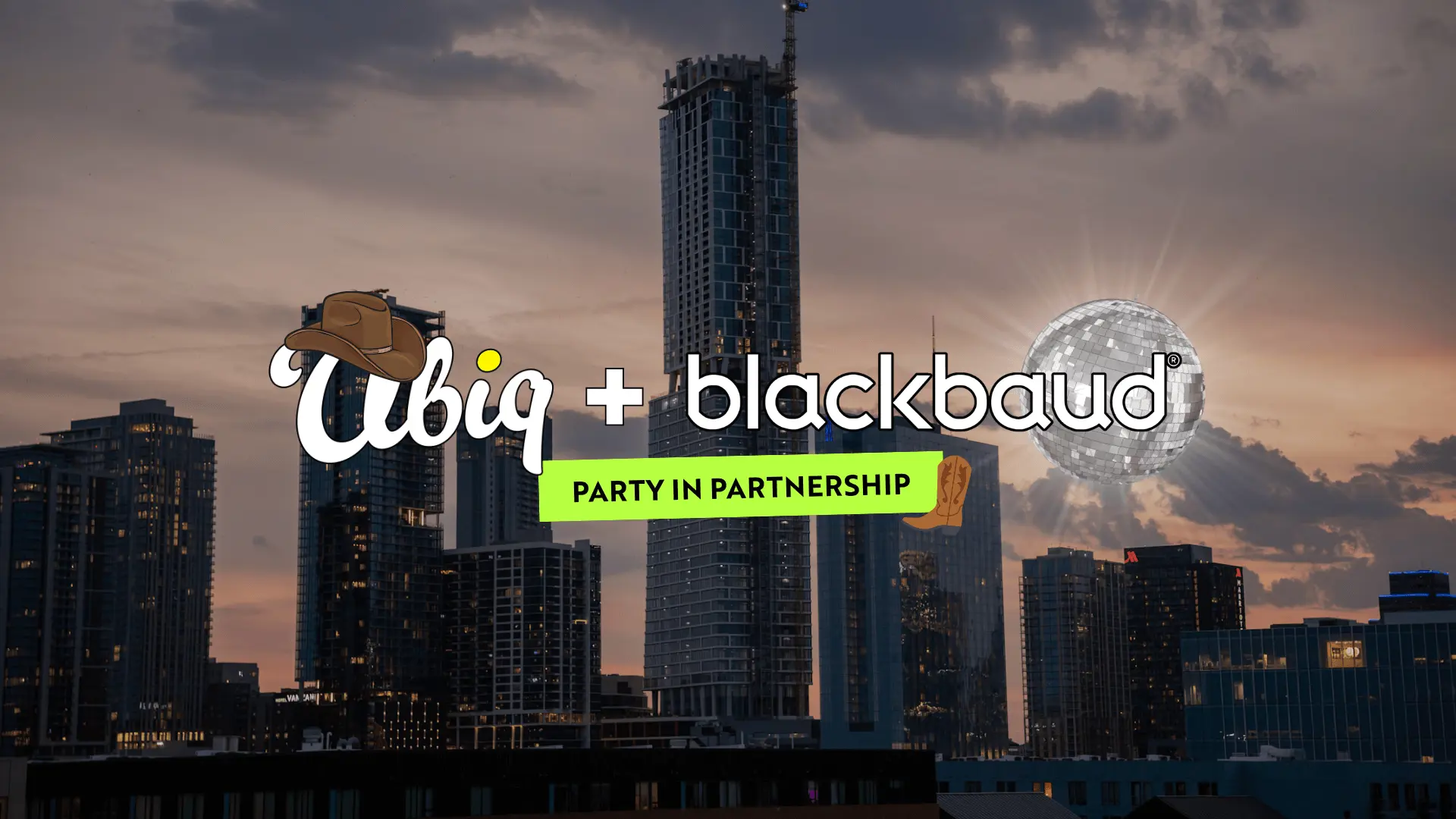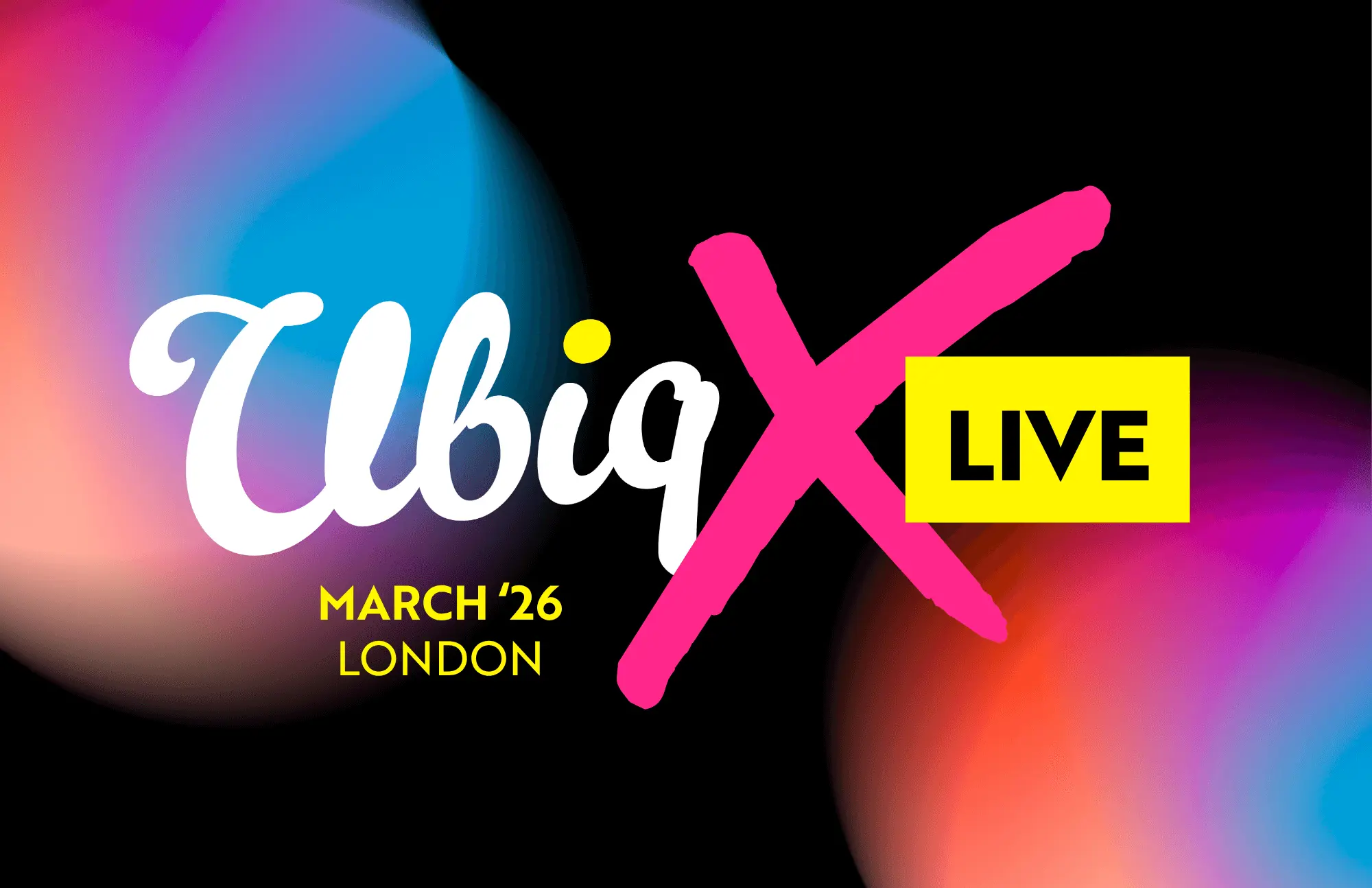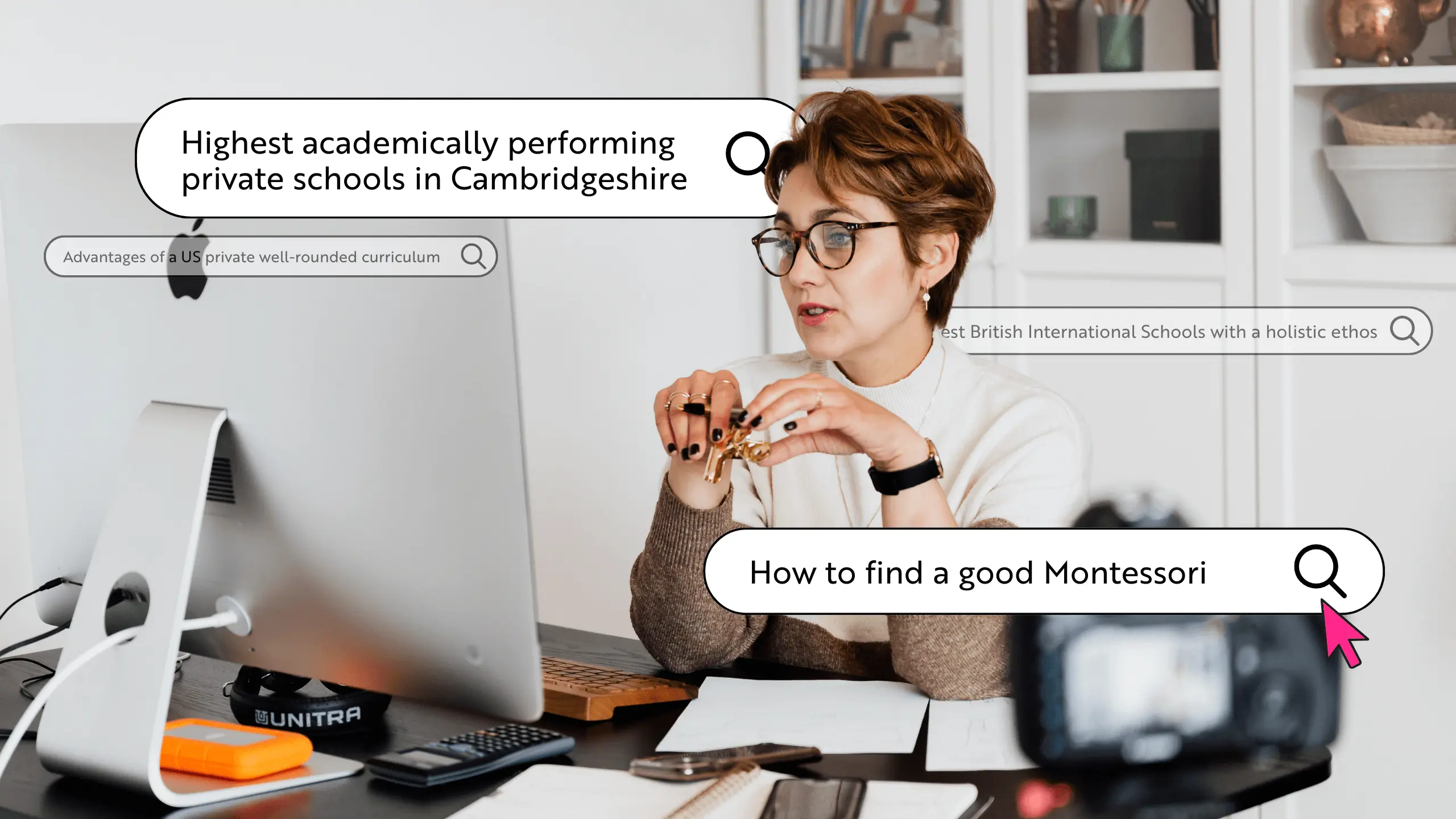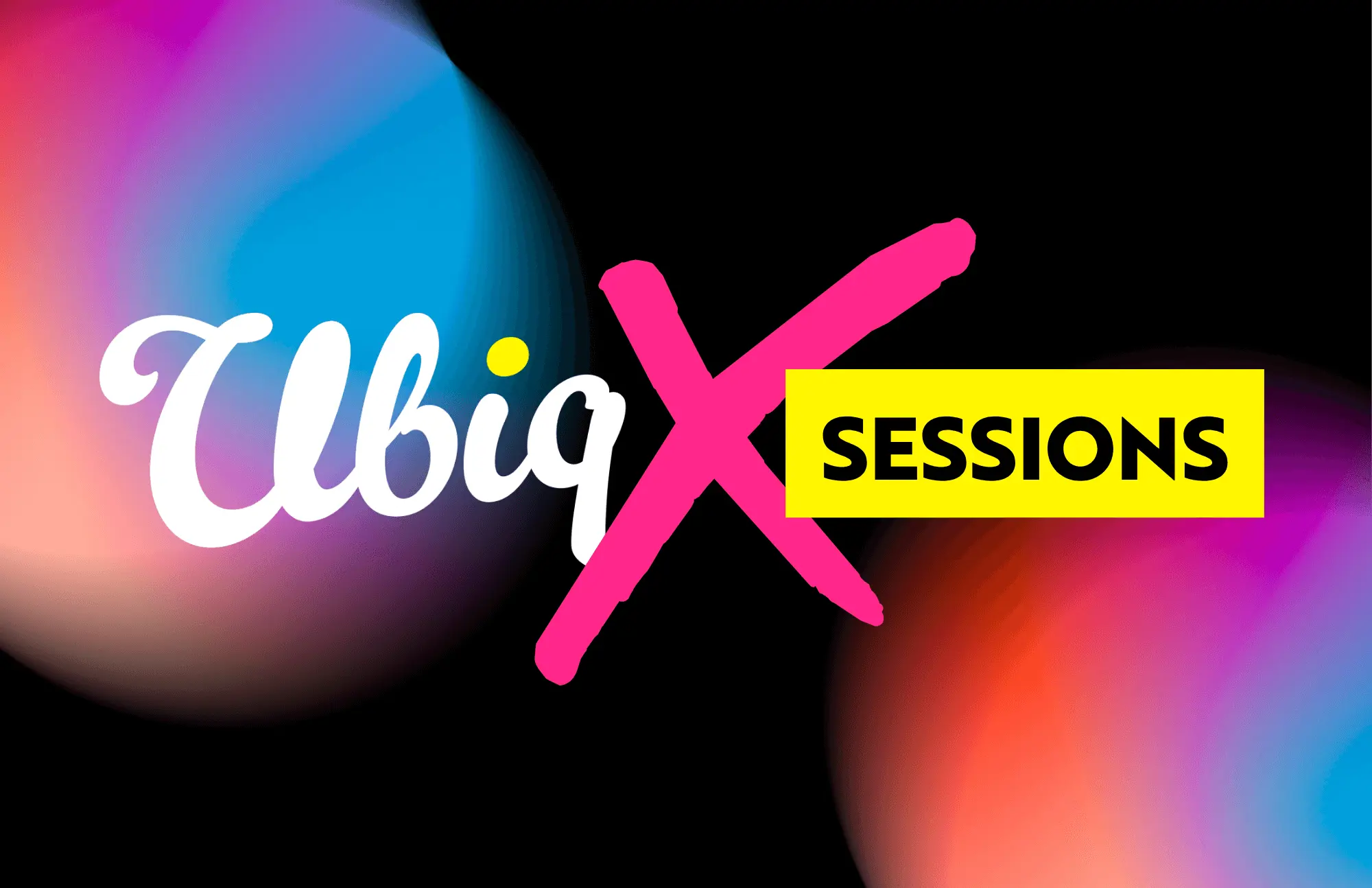As the nights draw in and we settle down for long evenings in front of Netflix, how many of us take a moment to reflect on the film recommendations that pop up on our home screens? How do ‘they’ know that as a fan of Stranger Things, tonight The OA might be right up my street?
To a large extent, ‘they’ – the clever bods at Netflix – are actually choosing for me. They know that I’m a busy person with dinner to cook and kids still around, so they help me along with the decision-making, better tailoring my customer experience to ensure I stay safely entranced and don’t disappear off to bed with a good book. This is the power of personalisation and Netflix has it nailed.
What’s Really Going On?
When their smart machine learning algorithm kicks into gear, detecting me as a fan of spooky teenage drama, Netflix is using a system that looks not only at my own viewing history but at what other members with similar tastes and preferences have liked. Even the actors we prefer will have a bearing, the standard film cards varying to highlight different characters showing us the actors we have watched and liked before. All this to help save us time searching to find a film or TV show that we’ll enjoy.
It's clever stuff and Netflix does it by harvesting information from over 300 million member profiles, data which is fed into personalisation technology which then, quite literally, gives us what we want. In a busy world, where we have seconds to find and persuade our audience, they use the power of images to attract us. Fans of Uma Thurman are more likely to be shown the Pulp Fiction film card (top right) than the one below featuring John Travolta.
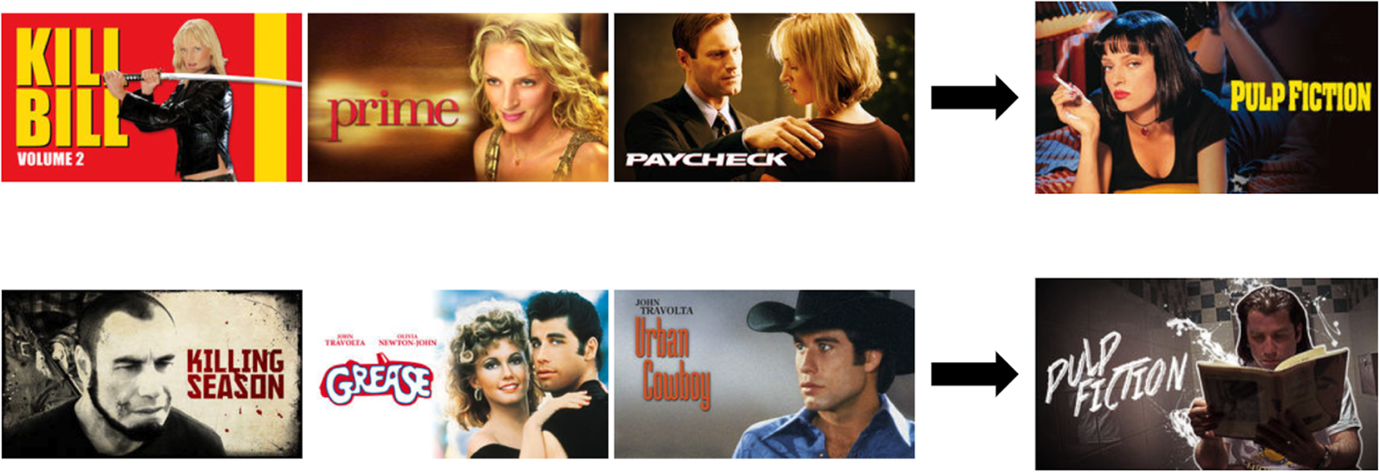
Unbelievably, 75% of content watched on the platform is based on machine-learned recommendations,[i] so whether you’re an occasional viewer or a self-professed cinephile, something is clearly keeping us coming back for more.
Personalisation is Everywhere
The digital age has made us able to multi-task like never before, but with so much to consume and so little time to do it, our attention spans are necessarily limited. This of course makes us the ultimate consumers, able to flit from platform to platform, grazing as we go, but with so much on offer, and only time for fleeting glances, we default to what we know and to behaviours that have been hard-wired long ago. Personalisation tunes into that.
Think about those handy “frequently bought together” suggestions on Amazon. If you’ve ever succumbed to adding an extra something to your basket then you are one of the staggering 44% of customers[ii] who have bought from these recommendations. Amazon’s powerful algorithms personalise your homepage, tailoring product recommendations based on your search and purchase history across the web.
Even our everyday food shop at supermarkets like Waitrose and Sainsbury’s uses favourites and loyalty cards to create targeted suggestions and money-off vouchers, all helping us to find and buy more of what we like. And while we shop, the music we listen to on Spotify will 50% of the time be coming from personalised playlists created using the very same technologies[iii].
Since before ‘marketing’ was even a term, ‘marketers’ have sought scientifically proven ways to get people to do things: to get customers to try, to buy, to recommend, and sometimes even to stop doing things (going to the competition!). And of course, when it comes to marketing, no one size fits all. That’s where personalisation comes in.
How Personal is Personal?
Personalisation offers the ability to deliver a unique, one-to-one message or experience to each customer based on their personal preferences and searches. Using profiles based on customers’ interests and behaviours it offers useful insights into their motivations and decision-making processes – invaluable collateral for any business looking to make a message resonate with its audience, and the nuts and bolts of any successful campaign.
Thanks to a multitude of data, from browser cookies to social media habits collated from right across the digital spectrum, we are able to tailor the user experience to an individual’s needs, offering a seamless, personalised experience that is more likely to hold their attention and keep them with us for longer. In website terms, this means them staying longer in the funnel, with fewer drop-offs and more likelihood that they’ll return. More engaging content, lower bounce rates, increased interaction and potentially, revenues.
How ironic that with all this technology involved personalisation has allowed us to create a more 'human' experience. It is the difference between a customer who feels recognised and understood versus the one who is frustrated, unengaged and lost in a sea of ‘one size fits all’.
PersonaIisation does exactly what it says on the tin. It taps into our emotional responses allowing businesses to give us what we really want to see, without us even realising it. It encourages brand loyalty, makes us feel recognised and understood and when used well, is like any good design, difficult to detect but it just works!
When it Can Get Creepy
That of course is when personalisation is done right! When done wrong it can be anything from plain annoying to downright creepy. Customers have come to expect you to know them, understand them and give them what they want. Statistics show that, far from being blissfully ignorant, consumers actively welcome data-based personalisation, particularly if they can be shown the benefits of disclosing their data.[iv] (Think how many times you have hastily accepted cookie tracking, just to get that pesky button out of the way.) But there is a fine line between being transparent, showing customers you care and are responsible with their data (which leads to a position of trust), and being intrusive (which of course leads to distrust). They don’t want their time to be wasted, nor do they want a crazed stalker on their hands!
Today’s artificial intelligence is developing at such a rate that machines are now being taught to recognise and understand human facial emotions and it’s not just the conspiracy theorists who are worried. Alexa might be listening to our conversations, but Amazon’s new Echo device has gone one step further, with patented features allowing it to detect when you have a cough or a cold, simply by listening to your vocal or nasal tones. Tell Echo you’re hungry and it will suggest you make chicken soup or even point you in the direction of your local pharmacy!
Always listening and always learning, personalisation is already impacting every area of our lives. As customers, prospective parents and students have come to expect it in their online interactions with significant brands and schools should be no different. The jury might be out on where it will all lead, but one thing’s for sure, the school website can no longer afford to take the ‘everything to everyone’ approach. Schools need to use the data they have at their disposal to give families more of what is specific to them, delivered without friction, at the right time and through the right channel.
As I stick a movie on this evening, I know that out there in the datasphere, someone knows how to capitalise on getting and retaining my interest. If you can’t beat them...
[i] Gomez-Uribe, C. A., & Hunt, N. (2015). The Netflix recommender system: Algorithms, business value, and innovation. ACM Transactions on Management Information Systems (TMIS), 6(4), 1-19.
[ii] https://www.wunderkind.co/blog/article/smarterhq-wunderkind-audiences/#page=6
[iii] Spotify Technologies, Form F1, Submitted to Securities and Exchange Commission
[iv] https://aisel.aisnet.org/cgi/viewcontent.cgi?article=1008&context=bled2018


